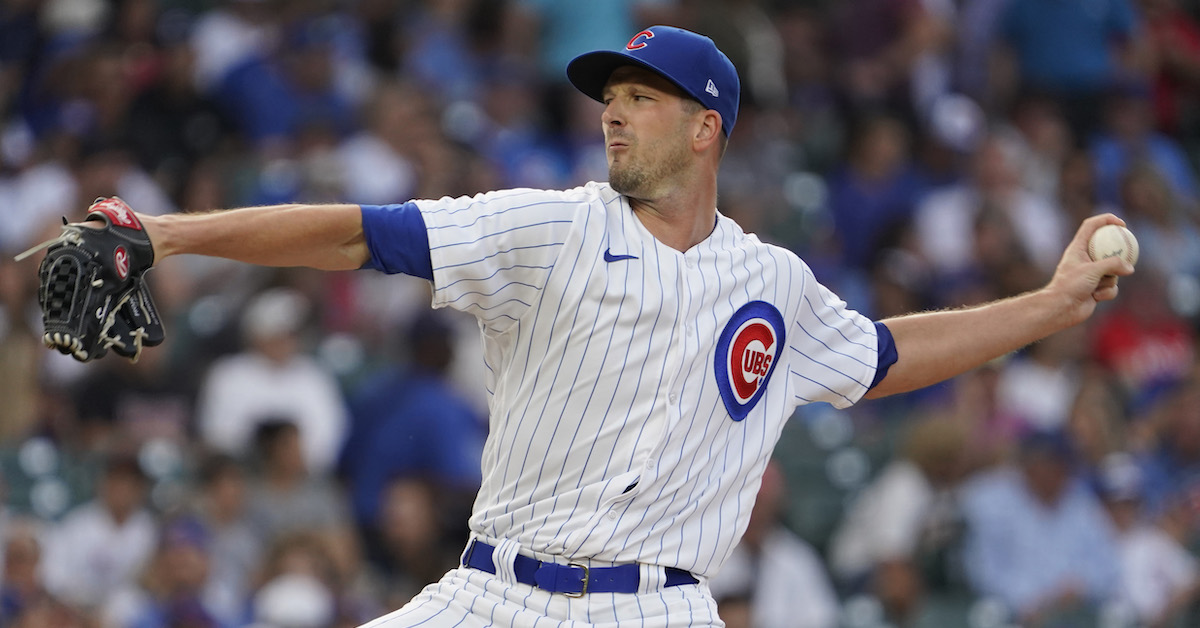CHICAGO CUBS BASEBALL R&D: ANALYTICS & SCIENCES OPPORTUNITIES
The Chicago Cubs Baseball Research & Development team is looking for analysts to contribute to the Baseball Analytics and Baseball Sciences teams. We have consolidated applications for these two roles so that candidates only need to apply once to be considered for both roles. There will also be an opportunity to specify the role that you think is a better fit.
Analyst, Baseball Analytics
REPORTS TO: Director, Baseball Analytics
FLSA STATUS: Exempt
The Chicago Cubs are seeking analysts to join the Baseball Analytics group in the Baseball Operations’ Research and Development team. This role will focus on constructing models that estimate skills, likelihoods, and contexts for various baseball phenomena. The analyst will work closely with the entirety of the R&D department to develop methods to process data, improve the effective understanding and application of data, and disseminate analytic insights throughout the organization. Analysts may focus their efforts towards collaborating with the Advanced Scouting, Amateur Scouting, International Scouting, Professional Scouting, Baseball Sciences, or Player Development groups, as strengths dictate.
RESPONSIBILITIES
-
Create data modeling pipelines that maintain up-to-date predictions of a variety of baseball metrics
-
Analyze collected data leveraging in-house models and insights
-
Research, develop, and test methods and models for the purpose of player assessment, development, and acquisition, as well as the optimization of in-game strategy
-
Effectively present analyses using written reports and data visualization methods to communicate relevant findings
-
Work with Baseball Systems team to integrate new statistical analyses, models, and data visualizations into Cubs web applications
-
Incorporate new analysis into existing data processes to improve automated reporting
-
Identify, diagnose, and resolve data quality issues
-
Handle data and analysis requests from the coaching staff and other departments within Baseball Operations
DESIRED QUALIFICATIONS
-
Bachelor’s or advanced degree in a quantitative field such as statistics, engineering, mathematics, physics, quantitative social sciences, computer science, or operations research
-
Excellent written and verbal communication skills
-
Proficiency with SQL, and at least one statistical programming language (e.g., Julia, MATLAB, Python, R)
-
Expertise in one or more of the following areas: advanced baseball analytics, specialized statistical methods, implementation of models in a productionized data pipeline (i.e., MLOps)
-
Familiarity with advanced statistical modeling techniques
-
Relevant experience working in baseball preferred
Response Expectations:
Due to the overwhelming number of applications we receive, we unfortunately may not be able to respond in person to each applicant. However, we can assure you that you will receive an email confirmation when you apply as well as additional email notifications whether you are selected to move forward for the position or not. Please note, we keep all resumes on file and will contact you should we wish to schedule an interview with you.
To Apply:
To apply, please follow this link.
Analyst, Baseball Sciences
REPORTS TO: Director, Baseball Sciences
FLSA STATUS: Exempt
ROLE
The Chicago Cubs are seeking an analyst to join the Baseball Sciences group in the Baseball Operations’ Research and Development department. This role will focus on improving our understanding of player performance through the analysis of various data sources and technologies, including motion capture, force plates, wearable sensors, and off-field assessments. The analyst will be responsible for performing quantitative research on existing data while also helping the organization identify novel technologies or initiatives that could lead to further insight. The ideal candidate will possess strong quantitative skills, the ability to think critically and creativity, domain-specific knowledge/experience, and the ability to communicate effectively to non-technical stakeholders.
RESPONSIBILITIES
-
Perform quantitative research to better understand and quantify player performance
-
Identify and evaluate new technologies and assessments
-
Work with the Baseball Analytics group to integrate Baseball Sciences research into player valuation models
-
Communicate research insights to various departments and stakeholders—including coaches, scouts, trainers, and S&C staff
-
Collaborate with Player Development to design/oversee initiatives that can help answer research hypotheses
-
Stay up to date with academic literature and public research
DESIRED QUALIFICATIONS
-
Bachelor’s or advanced degree in either a quantitative field (statistics, engineering, physics, computer science, etc.) or a domain-specific field (biomechanics, exercise science, neuroscience, etc.)
-
Proficiency with SQL and at least one statistical programming language (Julia, MATLAB, Python, R)
-
Familiarity with advanced statistical modeling and machine learning techniques
-
Experience analyzing motion capture data or other relevant time-series data sources
-
Excellent written and verbal communication skills
-
Experience working in baseball preferred
Response Expectations:
Due to the overwhelming number of applications we receive, we unfortunately may not be able to respond in person to each applicant. However, we can assure you that you will receive an email confirmation when you apply as well as additional email notifications whether you are selected to move forward for the position or not. Please note, we keep all resumes on file and will contact you should we wish to schedule an interview with you.
To Apply:
To apply, please follow this link.
The content in this posting was created and provided solely by the Chicago Cubs.








